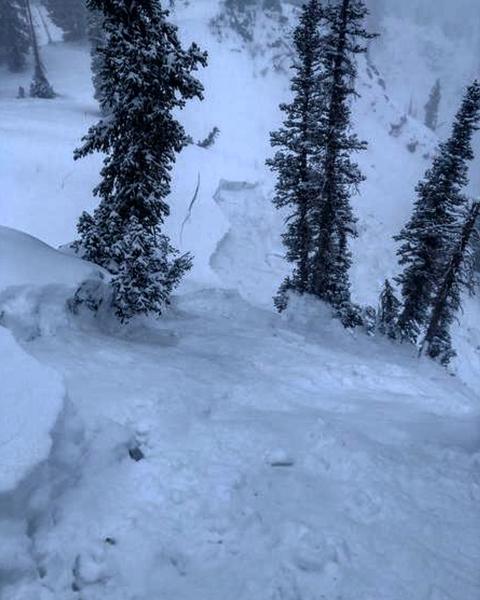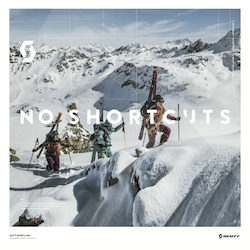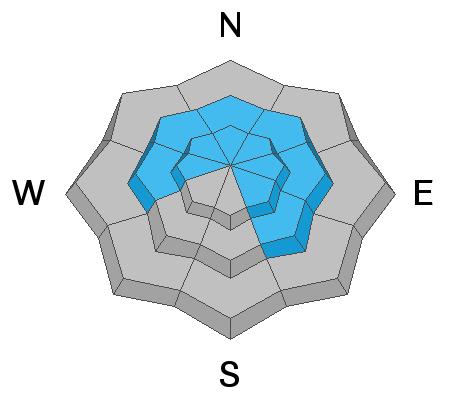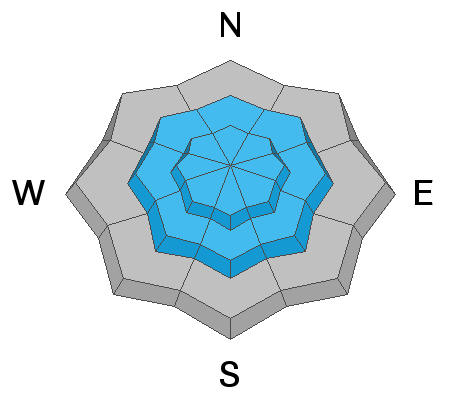Currently, temperatures range through the teens F and winds are from the west/northwest. At mid elevations winds are averaging around 10 mph, with gusts in the teens. Atop Mount Ogden winds are averaging in the teens with gusts in the 20's mph.
Storm totals since Thursday morning range from 8-10", with nearly 1" of water.
For today, expect mostly-cloudy skies with occasional snow flurries, although additional totals should be at most 1-2". Temperatures will reach the upper teens F. Winds will be northerly, averaging in the teens with gusts in the 20's mph at mid elevations, and averages in the 20's mph with gusts near 30 mph along the highest ridges.
We received no reports from the Ogden backcountry on Thursday. Further south in the Salt Lake mountains it was very active, and I suspect it will be easy to find similar conditions in the Ogden zone today. Below is a summary of the activity from the Salt Lake mountains:
There were six human-triggered avalanches reported from Thursday. What is noticeable of these slides is many were triggered remotely (from a distance) failing in weak faceted snow that is now buried 18-30" deeply, an indication of the fragility of our weak snowpack structure:
-
No Name Bowl Park City Ridgeline (10" deep, 30' wide, 450' vertical)
-
Dog Lake Chutes in the Brighton backcountry (2' deep, 175' wide, 300' vertical)
The Dog Lake Chutes slide really got the attention of the Salt Lake forecasters due to its size and remote trigger:
In the video below, Mark Staples discusses the avalanche he and UAC colleague forecaster Nikki Champion triggered in Days Fork on a 30° slope.








